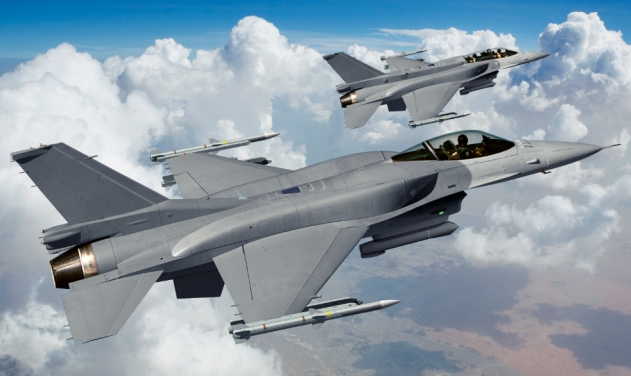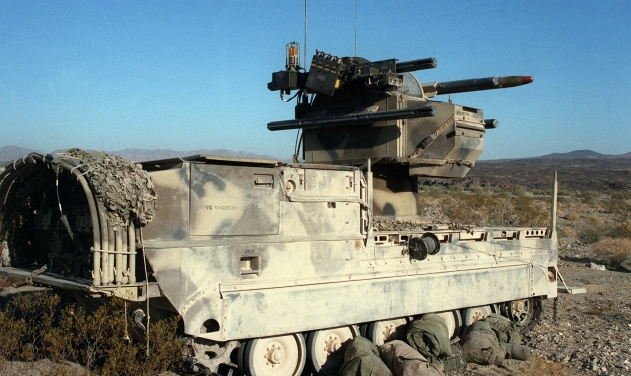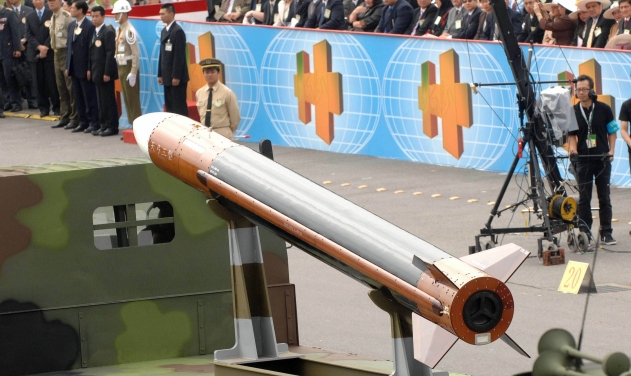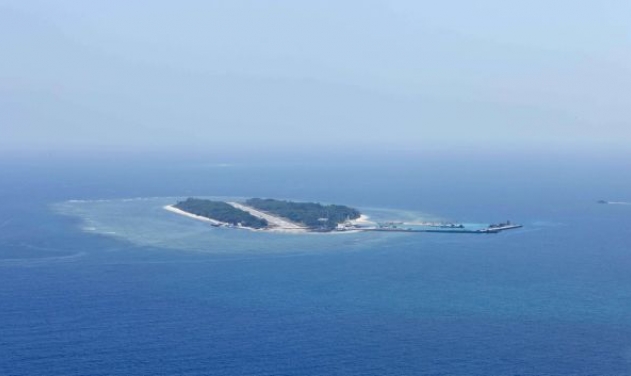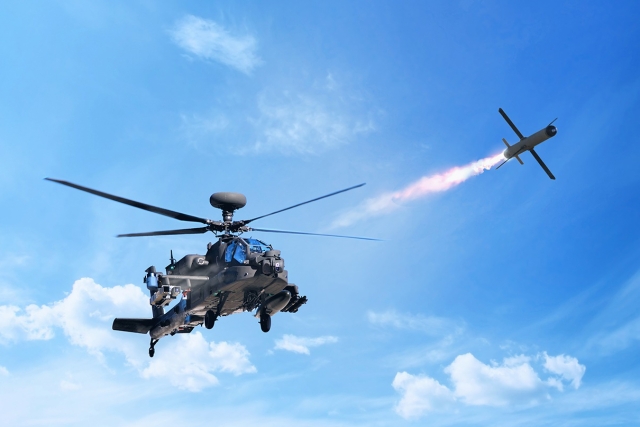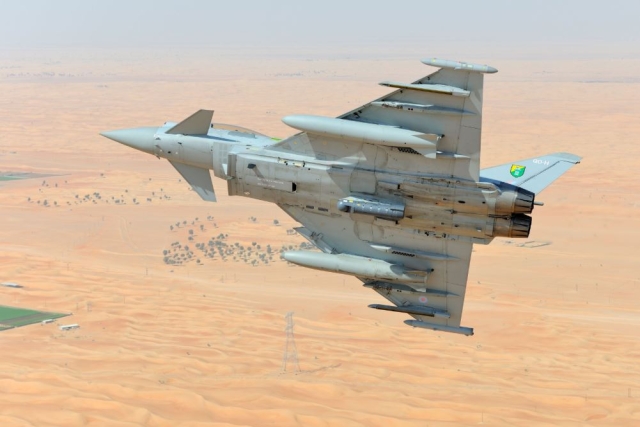Taiwan Deploys Patriot Advanced Capability-3 Missile To East Coast

Taiwan has deployed Patriot Advanced Capability-3 (PAC-3) missile batteries on the country’s east coast to improve integrated air defense capabilities of the country.
The move is considered as a response to raising Chinese influence in the region, Taipei Times reported today.
The ministry has deployed missiles to Hualien and Taitung counties, and merged the Air Defense Missile Command with the air force to streamline the chain of command, a ministry report submitted to the Legislative Yuan said.
Taiwan ordered reorganization and relocation after the Chinese People’s Liberation Army (PLA) conducted several long-distance naval and aviation training missions — featuring an aircraft carrier and fleets of nuclear-capable bombers — in the East China Sea, South China Sea, East Indian Ocean and western Pacific Ocean.
It is the first time the ministry has confirmed the deployments, after speculation emerged following the publication of photographs last month showing missiles in the military’s air defense bases in eastern Taiwan.
The report also announced a doctrinal shift from “effective deterrence” to “multiple deterrence.” The ministry said that it would develop the defense industry to ensure self-sufficiency and national security.
A quadrennial defense review, along with three defense plans that are expected to be the guidelines for the nation’s military buildup, are to be submitted to the Legislative Yuan by March 19.
The military has plans to conduct new exercises, including integrated air-and-sea training, rescue missions, fishing boat escort missions and supply missions in response to the PLA’s actions. In addition to field exercises, computer-aided simulations are to be part of regular armed forces exercises.
A tactical engagement simulation system has been built for the army, and the ministry is exploring creating new simulation systems using virtual and augmented-reality technologies.
The country also has taken step to improve the military’s digital warfare capabilities this year, with Academia Sinica and the National Chungshan Institute of Science and Technology forming partnerships with the military, the ministry added.
The merger would see the transfer of PAC-3, Tien Kung anti-ballistic missiles and Hawk anti-aircraft missiles, as well as tactical counterstrike missiles and Hsiung Feng 2E cruise missiles, to the air force.
